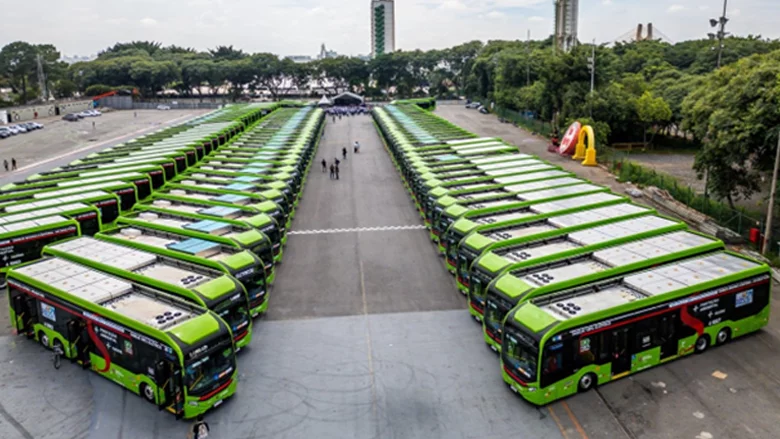The collection of origin–destination data for a city is an important but often costly task. This way, there is a need to develop more efficient and inexpensive methods of collecting information about citizens’ travel patterns. In this line, this paper presents a generic methodology that allows to infer the origin and destination zones for an observed trip between two public transport stops (i.e., bus stops or metro stations) using socio-economic, land use, and network information. The proposed zonal inference model follows a disaggregated Logit approach including size variables. The model enables the estimation of a zonal origin–destination matrix for a city, if trip information passively collected by a smart-card payment system is available (in form of a stop-to-stop matrix). The methodology is applied to the Santiago de Chile’s morning peak period, with the purpose of serving as input for a public transport planning computational tool. To estimate the model, information was gathered from different sources and processed into a unified framework; data included a survey conducted at public transport stops, land use information, and a stop-to-stop trip matrix. Additionally, a zonal system with 1176 zones was constructed for the city, including the definition of its access links and associated distances. Our results shows that, ceteris paribus, zones with high numbers of housing units have higher probabilities of being the origin of a morning peak trip. Likewise, health facilities, educational, residential, commercial, and offices centres have significant attraction powers during this period. In this sense, our model manages to capture the expected effects of land use on trip generation and attraction. This study has numerous policy implications, as the information obtained can be used to predict the impacts of changes in the public transport network (such as extending routes, relocating their stops, designing new routes or changing the fare structure). Further research is needed to improve the zonal inference formulation and origin–destination matrix estimation, mainly by including better cost measures, and dealing with survey and data limitations.











